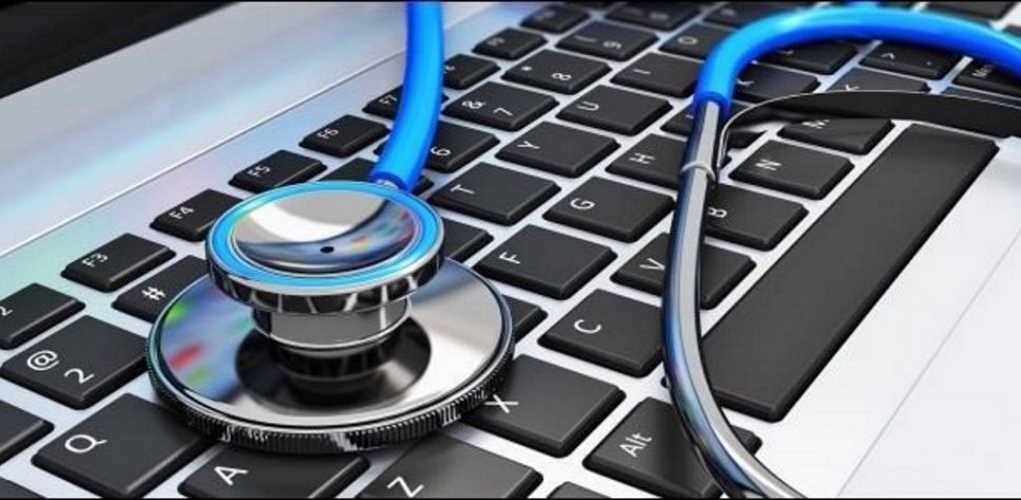There are some problems with computers that are always hard to take. One of such is having the computer unable to boot. The situation is even made worse if the computer is able to power on successfully, complete the BIOS update but doesn’t boot afterwards.
Most times, when this happens, you can successfully power on the computer, hear the hard drive turn on, observe the screen light up, and then, nothing – no colour, no booting animation or any form of write-up. Fixing this problem without having to take out the Hard Drive, and probably lose some information can be very hard. Depending on the kind of processor in your system, there are some tricks that may help you to fix this problem. There are three important steps that can be followed to fix this problem.
1. Disable the BIOS fast boot function
This can be the first step in the right direction toward fixing your computers inability to boot after updating BIOS. To do this, follow the steps below;
- Press the [F2] key and then the power button in order to login to the BIOS set-up page
- Select ‘Boot’
- Navigate to ‘Fast Boot‘ and press the [Enter] key
- Select the ‘Disable’ option and press the [Enter] key
- Press the [F10] key and select ‘Yes’ and then press the [Enter] key in order to ‘Save BIOS setting with Exit’.
2. Reset BIOS or UEFI to default setting
- After disabling the BIOS fast boot function, the next step to take is to reset it to default. To do this, follow the steps below;
- Hold down the power button until the system completely shuts down. In some cases, this may take as much as 10 seconds to complete
- After some few seconds, power on the computer again by pressing the power button
- As soon as the system comes up, tap either the [F2] key or the [Del] key that will lead you to the BIOS. Normally, [F2] works for Notebooks while [Del] works for Desktops. It could also be F8, F10, Esc, or Tab, depending on some computer models: you can consult your manual for your system BIOS key.
- Press F9 and then ‘Enter’ in order to load the default configuration
- Press F10 and then ‘Enter’ to save and exit.
3. Enable CSM
This is the final step in getting your computer to boot again. It should be done just immediately after resetting the BIOS to default or disabling it. To do this, follow the steps below;
Immediately after completing step 2, look for the ‘Boot Mode’ setting. It can also come with the name ‘UEFI Boot’. Change the mode from ‘UEFI’ to ‘Legacy’ or ‘CSM’.
With the above steps, you will successfully change your computer from booting with UEFI to booting with CSM (Compatibility Support Module).
The above steps when dutifully followed should help you to fix the problem of your computing failing to boot after BIOS update. If it doesn’t work, you may want to restore your system to the original factory settings.

